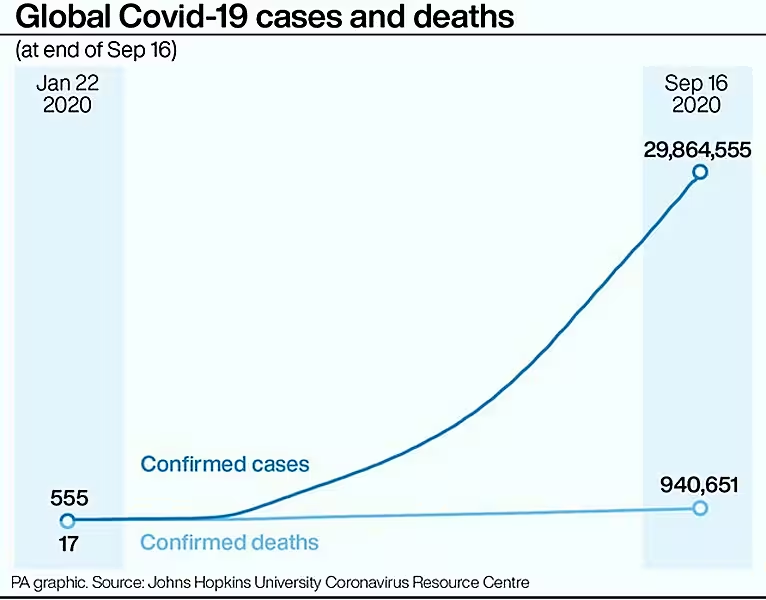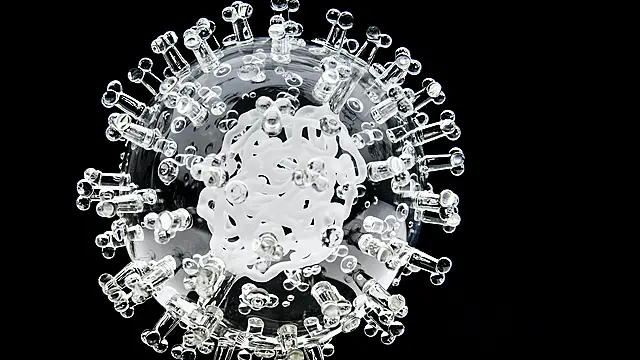A review of genomic evidence reveals that to date, there are no genetic changes to SARS-CoV-2 proven to alter its virulence – how infectious or severe it is.
But researchers say some mutations are occurring and these are useful to follow the spread of virus, identify likely routes of transmission and implement control measures to disrupt these.
They urge continued vigilance as mutations might allow the virus to develop resistance to drug treatment or allow it to go undetected by diagnostic tests.
It is good news that SARS-CoV-2 has so far proven pretty stable, because it is easier to detect and treat a virus that is fairly stationary
Professor Geoffrey Smith, the lead author of the research at the department of pathology at the University of Cambridge, said: “It is good news that SARS-CoV-2 has so far proven pretty stable, because it is easier to detect and treat a virus that is fairly stationary.
“Whole genome sequencing allows us to understand not just that someone is infected, but to define precisely the strain of virus and so work out where the infection probably came from.
“It also allows us to track strains of virus that become dominant and that might replicate or transmit more efficiently.”
The findings are reported in a rapid review of published and pre-print evidence on the SARS-CoV-2 genome, carried out by the Royal Society’s SET-C (Science in Emergencies Tasking: Covid-19) group.
The analysis also found the genome is sufficiently different to all known coronaviruses to refute the argument the Covid-19 pandemic arose by deliberate or accidental release of a known virus.
The experts say this makes it highly improbable that the virus arose by artificial construction in a laboratory.
The review concludes the origin of the virus is likely to be directly from bats or via an unknown intermediate mammalian host.
Prof Smith said: “There is nothing like solid evidence to bust the myths that are spread by conspiracy theorists.

“It is understandable that when a new virus emerges there will be speculation about its origins, but the pace at which the global science community has developed our understanding of the genetics of SARS-CoV-2 has been spectacular.
“That has allowed us to trace its spread and develop diagnostic tests and candidate vaccines.
“It also allows us to debunk some of the more colourful conspiracy theories.”
Analysis of the SARS-CoV-2 genome has also shown that from mid-February to mid-March, the majority of the strains of the virus in the UK originated in three European nations – Spain (34%), France (29%) and Italy (14%).
Less than 1% derived from China.







